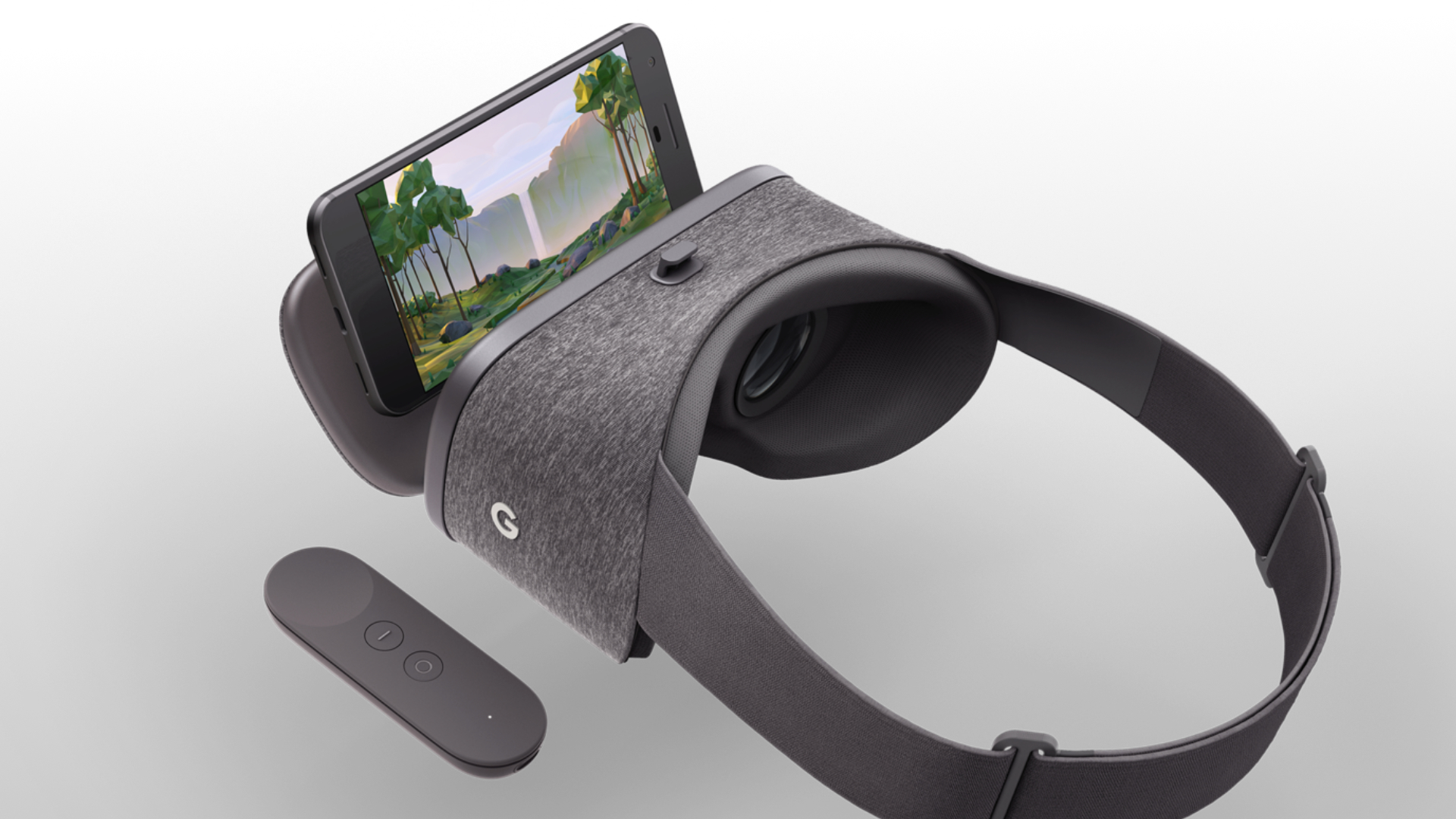Intel's new VR tech promises to be the missing link between mobile and PC VR
Bringing mobile and PC VR together

No VR system is perfect. PC VR relies upon you buying an expensive headset to sit alongside your already expensive computer, while mobile VR makes use of the hardware you already have in your phone while being limited by that same hardware.
Intel's new system wants to combine the benefits of the two in order to overcome the disadvantages by streaming VR content from a powerful PC to a mobile phone acting as a headset.
Called 'Portal Ridge', the system makes use of existing hardware from HTC including its Vive controllers, basestations, and a Vive tracker (to track the position of the headset) to combine the benefits of a gaming PC and your mobile.
Technical limitations
At an event in San Francisco, Intel demoed the system working with a Google Pixel phone. Visual data was streamed over Wi-Fi, and first hand reports from RoadtoVR suggest that this has lead to a certain amount of compression visible in the image.
Latency is also apparently a problem with the system.
Although the system is clearly a work in progress, it is an interesting look at how consumer's existing hardware could be made to work with VR rather than having to buy entirely new equipment.
Intel has no plans to commercially release the technology at this time, but has said that it's open to working with partners to produce it in the future.
Get daily insight, inspiration and deals in your inbox
Sign up for breaking news, reviews, opinion, top tech deals, and more.
- These are the best VR headsets around right now.
Jon Porter is the ex-Home Technology Writer for TechRadar. He has also previously written for Practical Photoshop, Trusted Reviews, Inside Higher Ed, Al Bawaba, Gizmodo UK, Genetic Literacy Project, Via Satellite, Real Homes and Plant Services Magazine, and you can now find him writing for The Verge.
